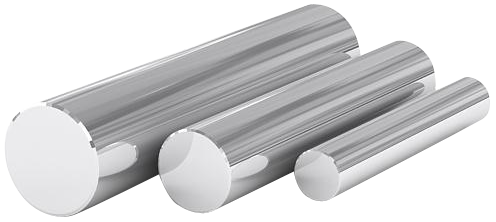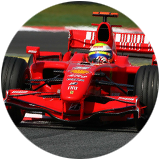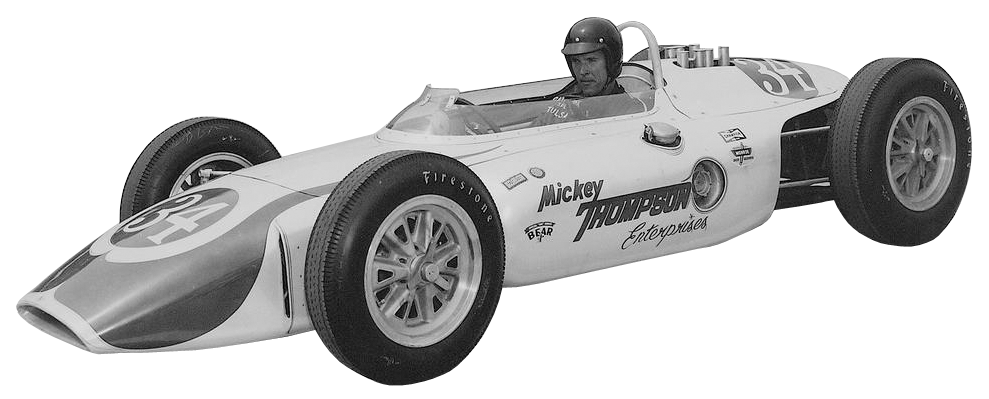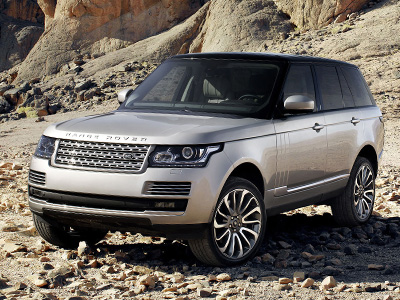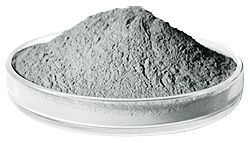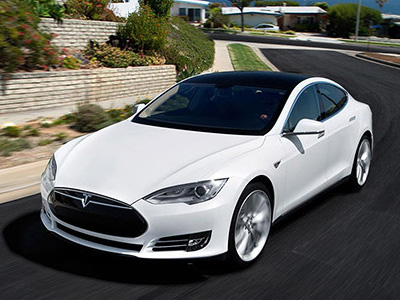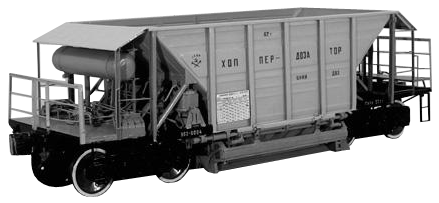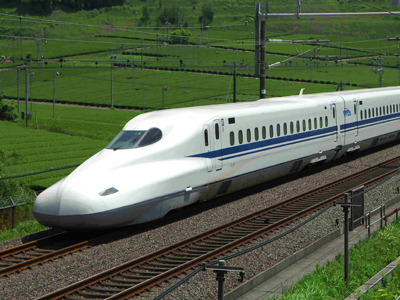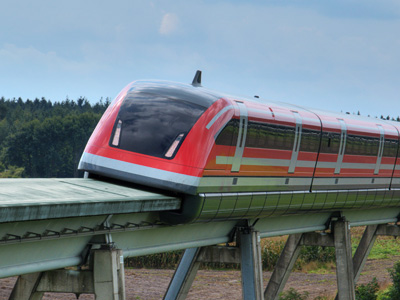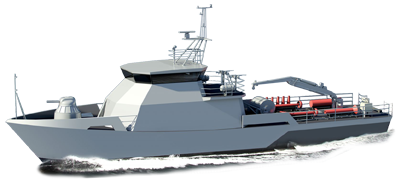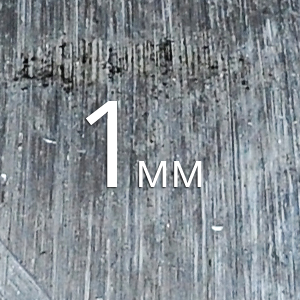Since then aluminium has become a key manufacturing material in aviation. The composition of aluminium alloys used in aircraft has changed, aeroplanes have gotten better, but the main goal of aircraft designers remains the same: build a plane that is as light as possible with the maximum possible capacity that uses the least possible amount of fuel and whose body doesn't rust over time. It's aluminium that allows aviation engineers to hit all these targets. In modern aircraft aluminium is used literally everywhere: in the fuselage, in the trims, in wing panes and in the rudder, in the tie down systems in the exhaust pipes, in the feeding blocks, in the refuelling hoses, in the door and floors, in the frames of pilot and passenger seats, in the fuel nozzles, in the hydraulic systems, in the cabin pillars, in ball bearings, in the instrumentation in the cockpit, in the engine turbines and in lots of other places.
The key aluminium alloys used in aviation are the 2ххх, 3ххх, 5ххх, 6ххх and 7ххх series. The 2xxx series is recommended for use in high temperature environments and in environments with an increased yield coefficient. The 7xxx alloys are used for lower temperature environments in parts exposed to increased loads and in parts that need to deliver high corrosion resistance under high voltage. 3xxx, 5xxx and 6xxx alloys are used in low load parts, as well as in hydraulic, lubrication and fuel systems.
The most widely used alloy is 7075. It consists of aluminium, zinc, magnesium and copper. It's the strongest of all aluminium alloys and comparable in that respect with steel, however it weighs only a third of what steel weighs.

